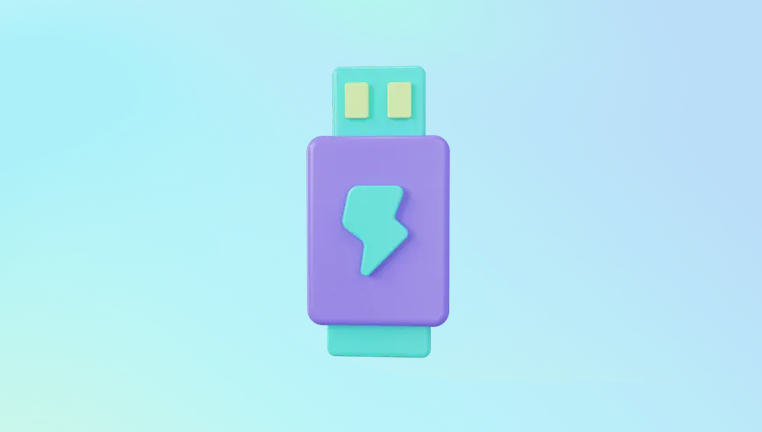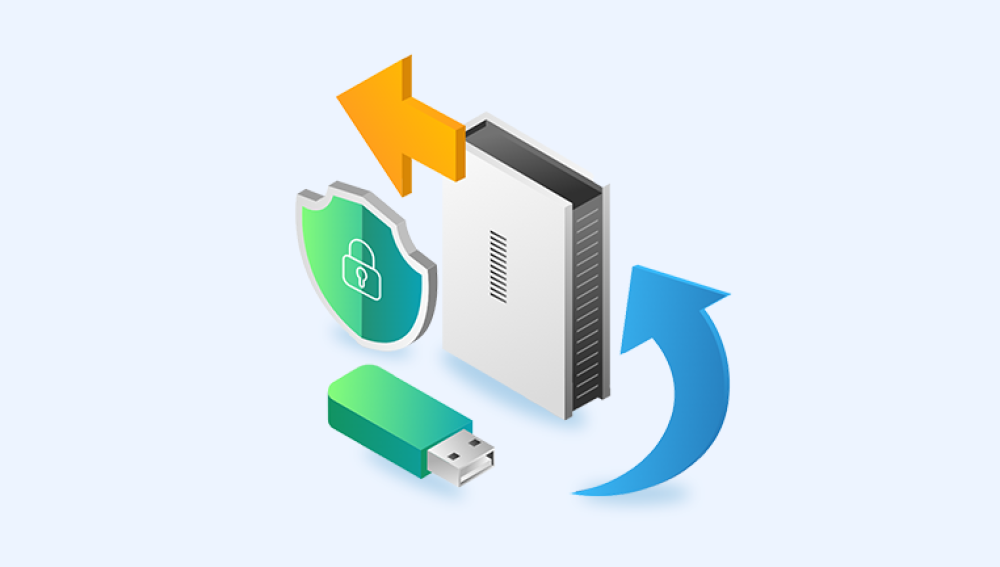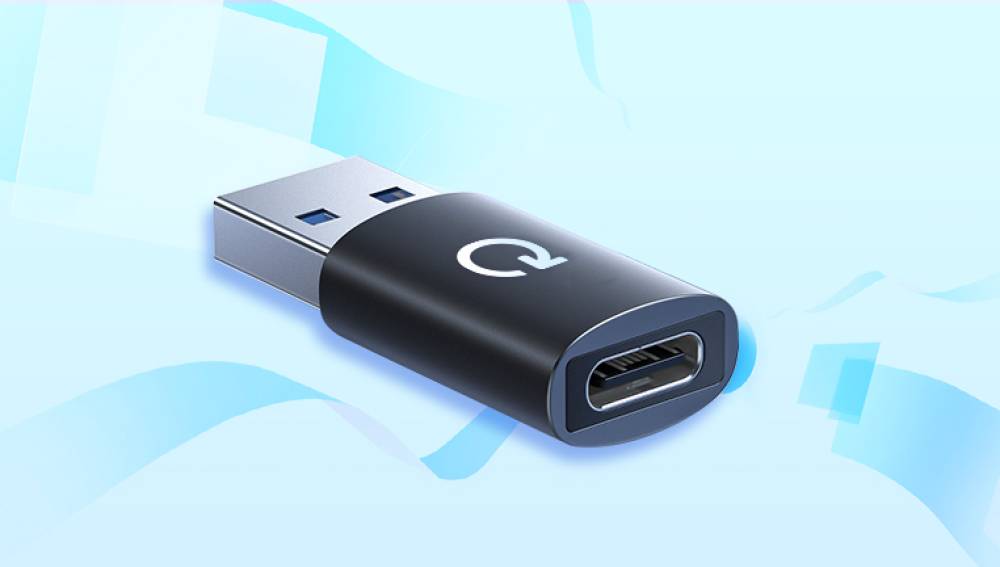Flash drives have revolutionized the way we carry and transfer digital information. They’re small, lightweight, portable, and compatible with virtually every modern computer or device. Students use them for assignments and presentations. Professionals rely on them for confidential reports and backups. Photographers store high-resolution images, while travelers keep important travel documents at their fingertips.
1. Accidental Deletion
A single misclick can result in deleting valuable files from your flash drive. Most USB drives don’t send deleted files to the recycle bin—they’re erased immediately.
2. Formatting Mistakes
It’s easy to accidentally format the wrong drive, especially when working with multiple storage devices. Once formatted, all stored files are marked as deleted.

3. Corrupted File Systems
Improper ejection, abrupt power loss during data transfer, or interrupted write operations can corrupt the file system, making your drive unreadable.
4. Virus and Malware Attacks
Malicious software can delete or hide files, infect your drive, or even render it completely inaccessible.
5. Physical Damage
Although solid-state drives are durable, USB flash drives are not immune to damage. A bent connector, excessive heat, or water exposure can lead to logical or physical drive failure.
6. Bad Sectors
Flash memory can develop bad sectors over time, preventing certain files from being read or written correctly.
Understanding the nature of the data loss helps you choose the best recovery approach and tool.
What Is a Flash Drive Data Recovery Tool?
A flash drive data recovery tool is a software application designed to retrieve lost, deleted, or inaccessible files from USB flash drives. It scans the physical storage of the flash drive and reconstructs the data that hasn’t yet been overwritten.
These tools work by analyzing the storage at the binary level. When you delete a file or format a drive, the actual file isn’t immediately erased—it’s just marked as "free space." As long as that space hasn’t been reused by new data, recovery is usually possible.
Modern recovery tools can recover:
Deleted files
Files from formatted drives
Data from RAW or unreadable drives
Files affected by corruption or malware
Most programs are available for both Windows and macOS, and some offer Linux versions. They vary in complexity, from beginner-friendly interfaces to more advanced technical tools.
Key Features to Look for in a Data Recovery Tool
Not all data recovery tools are created equal. The best software will offer a balance of usability, power, and flexibility. When evaluating a flash drive data recovery tool, look for the following features:
1. Quick and Deep Scan Modes
Quick Scan is fast and ideal for recently deleted files.
Deep Scan thoroughly examines the drive for older or hidden data, especially after formatting or corruption.
2. File Type Support
Choose a tool that supports a wide variety of file formats, including:
Photos (JPEG, PNG, RAW, etc.)
Documents (DOCX, XLSX, PDF)
Videos (MP4. AVI, MOV)
Archives (ZIP, RAR)
System files and executable files
3. Preview Capability
A preview window allows you to verify files before restoring them. This is especially useful for photos, documents, and videos.
4. Filtering and Sorting Options
Advanced tools allow you to filter results by file type, size, or modification date, making it easier to find the files you need.
5. Read-Only Operation
Ensure the tool performs non-destructive scans that do not alter your flash drive or risk overwriting lost data.
6. Multiple File Systems Support
Look for tools that support FAT32. exFAT, and NTFS—these are the most common file systems used on USB drives.
7. Cross-Platform Compatibility
If you switch between operating systems, choose software available for both Windows and macOS.
8. Drive Imaging
Some advanced tools can create a sector-by-sector image of your flash drive, letting you attempt recovery on a backup rather than the original.
Best Flash Drive Data Recovery Tools (Top Picks)
Drecov Data Recovery
Drecov Data Recovery is a reliable and efficient flash drive data recovery tool designed to help users restore lost, deleted, or inaccessible files from USB flash drives. Whether you’ve accidentally erased important documents, formatted your drive, or experienced corruption due to malware or system errors, Panda offers a powerful solution to recover your valuable data quickly and safely.
With a clean and user-friendly interface, Panda makes the recovery process simple for both beginners and experienced users. The software supports a wide range of file types, including photos, videos, documents, audio files, and compressed folders. Whether the loss was due to accidental deletion or a more complex issue like a RAW file system, Panda is equipped to handle it.
The tool offers both quick and deep scan modes. The quick scan is ideal for recently deleted files, while the deep scan thoroughly searches your flash drive for older or harder-to-find data. Panda operates in read-only mode during scanning and recovery, ensuring your original data remains intact and reducing the risk of further damage.
Step-by-Step: How to Recover Data Using a Flash Drive Recovery Tool
Stop Using the Flash Drive
As soon as you notice data loss, stop writing new files to the drive. Continued use increases the risk of overwriting the lost data.
Download and Install the Tool
Choose a reputable recovery tool. Install it on your computer—not the USB drive in question.
Insert the Flash Drive
Plug in your USB drive and wait for the operating system to recognize it.
Launch the Software
Open the recovery tool and select your flash drive from the list of available storage devices.
Start a Scan
Begin with a quick scan. If the files don’t appear, proceed to a deep scan for a more thorough search.
Browse and Preview
Once the scan completes, browse the recoverable files. Preview any documents or images to confirm integrity.
Select Files to Recover
Choose the files you want to restore and select a different location (preferably on your main hard drive) to save them.
Check Results
Open and inspect the recovered files to ensure they are complete and functional.
Common Challenges and Solutions
Drive Not Recognized
Try a different USB port or computer.
Check Device Manager (Windows) or Disk Utility (macOS) to see if the drive is detected but not mounted.
If still unrecognized, physical damage might be the cause.
Files Recovered but Corrupted
Try recovering older versions.
Some tools include file repair utilities.
Use dedicated file repair software if needed.
No Recoverable Files Found
Retry with a deep scan.
Use a different recovery tool.
Try creating a disk image and scanning that instead.
When to Call a Professional Recovery Service
Recovery software is effective in most logical data loss scenarios, but it can’t fix:
Severely damaged connectors
Water or fire damage
Failed memory chips
Short-circuited USB boards
If your drive is physically damaged or if the data is critically important, it’s time to contact a professional data recovery service. These specialists operate in cleanrooms and use specialized tools to recover data directly from flash memory chips.
While expensive, professional recovery is often the only option when software tools fail.
Preventing Future Data Loss on Flash Drives
The best way to deal with data loss is to avoid it altogether. Here are best practices to keep your USB data safe:
1. Backup Regularly
Store important files in multiple locations: cloud storage, external drives, or a secure server.
2. Safely Eject the Drive
Always use the “Safely Remove Hardware” option to avoid file system corruption.
3. Avoid Untrusted Devices
Plugging into public or infected computers increases the risk of malware infections.
4. Use High-Quality Drives
Cheap, low-end flash drives have higher failure rates. Choose reputable brands with good reviews.
5. Minimize Write Cycles
Flash drives have a limited number of write cycles. Don’t use them for constant read/write operations.
6. Label Drives
Clear labeling prevents accidental formatting or file deletions.
Flash drive data loss can feel like a digital nightmare, especially when important files seem to disappear in an instant. Fortunately, with the right flash drive data recovery tool, most of these problems are solvable. Whether it’s a free solution like Recuva or a professional-grade tool like Disk Drill or EaseUS, modern recovery software can restore a surprising amount of data—quickly, safely, and with minimal effort.
Remember: time is critical. The sooner you stop using the flash drive and run a recovery tool, the better your chances of success. While data recovery isn’t always guaranteed, being prepared with the right tool can make all the difference when it matters most.




